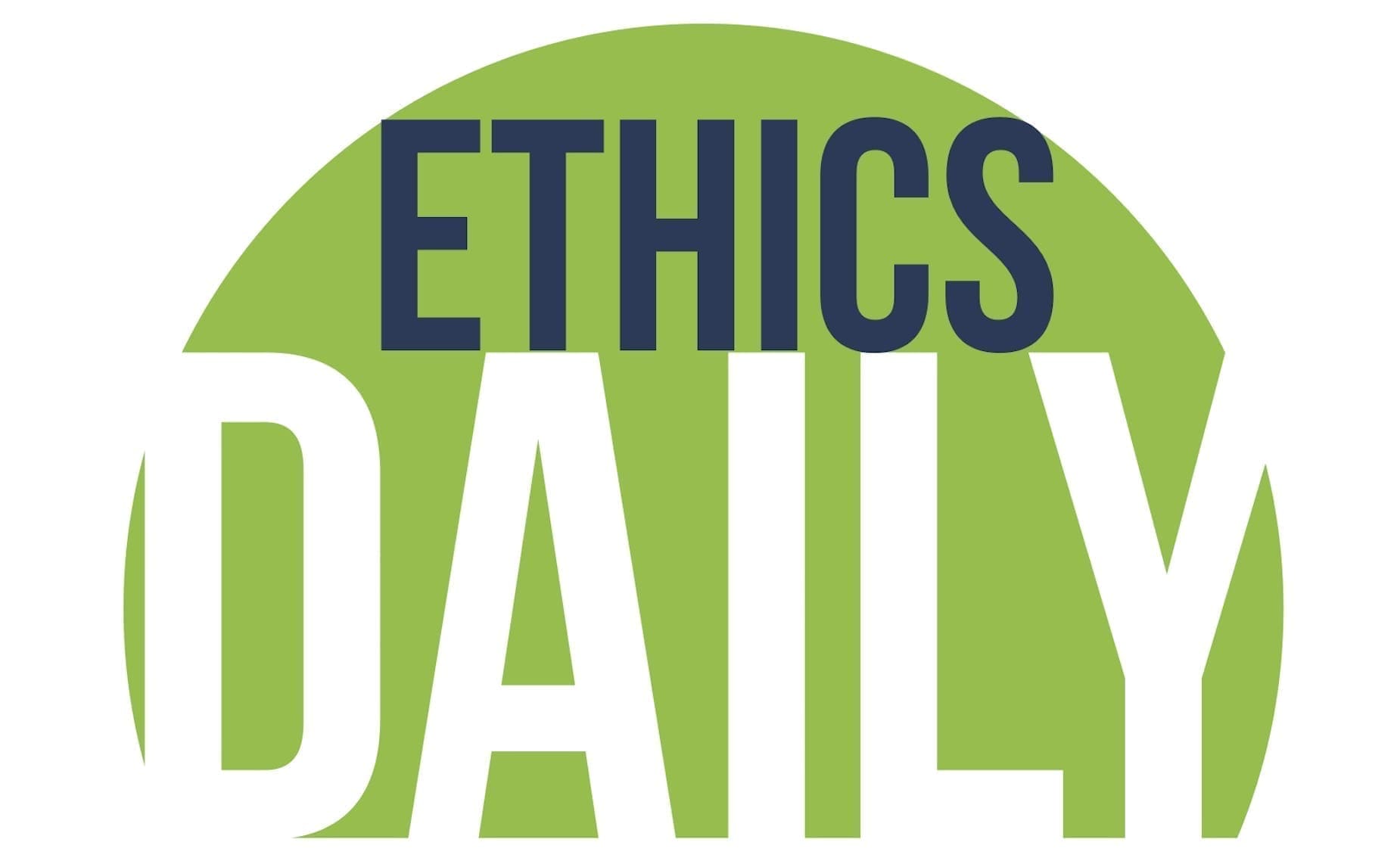Religious minorities experience a “heightened vulnerability” to human trafficking – modern-day slavery – according to the 2016 U.S. State Department’s Trafficking in Persons (TIP) report.
“Modern-day slavery doesn’t happen only in war zones,” said Secretary of State John Kerry upon the report’s release. “It exists in areas of both darkness and plain sight of people all over the world.”
Traffickers often target female religious minorities, the report explained, “and force them into religious conversions and subsequent marriages, in which they may be subjected to domestic or sexual servitude.”
Christians were cited as one of example of a religious minority that was “particularly vulnerable to trafficking” in Pakistan, while 30 Assyrian Christian women in Syria were reported to have been forced into sexual slavery by ISIS (Daesh).
Rohingya Muslims living in Myanmar (Burma) were another example cited in the report.
They are being exploited and trafficked not only within Rakhine State where they live, but also by smugglers who promise safe passage but then sell them into slavery.
Faith-based organizations working to combat trafficking were also highlighted, including the Santa Marta Group – a collaborative initiative between the Catholic bishops and international police chiefs supported by Pope Francis.
The analysis of the West African nation of The Gambia noted, “NGOs that assisted trafficking victims relied primarily on donations from churches and private companies to finance their services.”
The annual TIP report categorizes nations into tiers based on efforts to curb trafficking within their borders.
Tier 1 signals compliance with the minimum standards of the Trafficking Victims Protection Act (TVPA) – U.S. legislation enacted in 2000 (and reauthorized most recently in 2013) – to combat human trafficking within their borders.
Thirty-six countries made this list, including the U.S. and the U.K., up from 31 nations in 2015. New additions were Colombia, Cyprus, Georgia, Lithuania, Philippines, Slovenia and St. Maarten. Moving down to tier 2 were Luxembourg and Macedonia.
Tier 2 has two divisions: one list for nations not fully complying with TVPA but making significant efforts to improve, and a watch list for nations with high levels of trafficking and a lack of evidence showing substantial improvement.
Seventy-nine nations were in tier 2 (compared to 89 last year) with 44 on the tier 2 watch list (the same number as 2015).
Tier 3, the lowest rating, is for countries not in compliance with TVPA and not making significant efforts to do so. The U.S. often withholds non-humanitarian aid to nations in this tier.
Iran, Russia and South Sudan were among the 27 countries in tier 3 (up from 23 in 2015).
“The tier rankings that I have designated reflect our department’s best assessment of a government’s efforts to eliminate human trafficking,” Kerry said upon the report’s release. “They don’t take into account political and other factors.”
Questions had been raised about the 2015 TIP report regarding whether the state department was “politicizing its annual rankings.”
The full 2016 TIP report is available here, while summary information is available here.
Editor’s note: EthicsDaily.com articles related to human trafficking are available here, including a July 2014 series highlighting how global Baptists are working to end modern-day slavery.

